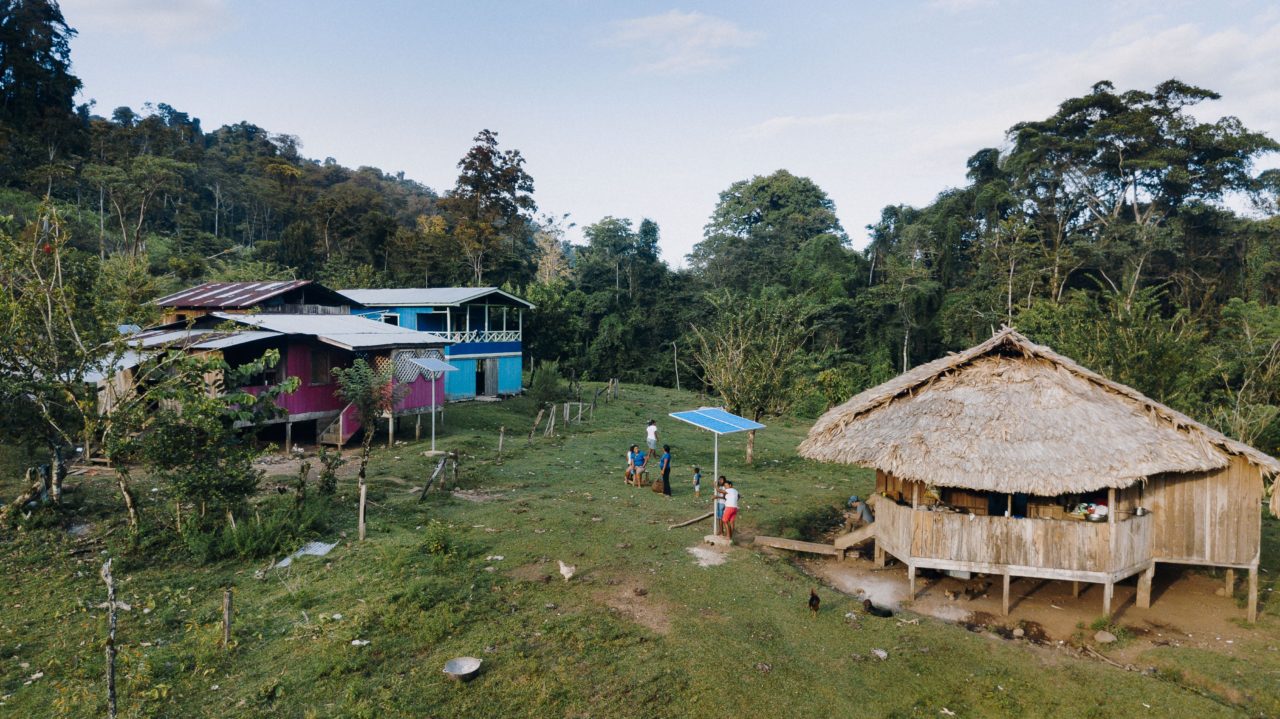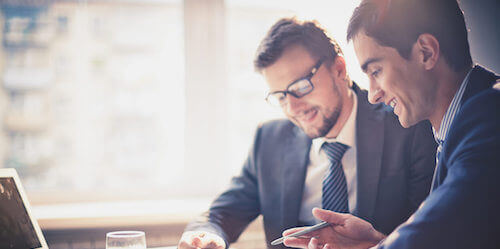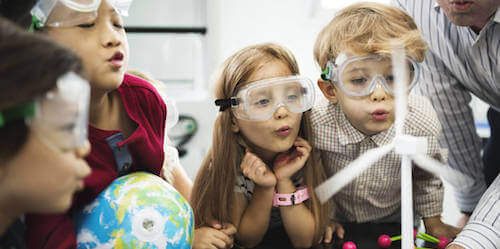 Access to sustainable energy for all
Access to sustainable energy for all
Protecting indigenous peoples and rainforests in Panama
"Oh, how beautiful is Panama!" That is the title of a famous children's story by German author Janosch. It is about the search for paradise, but also about a new perspective on our own home. Panama is one of the most biodiverse countries on earth. Where there was previously only water, a land bridge was created three million years ago that today connects South and North America (O'Dea et al., 2016). In the animal world, this new connection led to what is known as the "great American faunal exchange" (Summesberger, 1996). New species are constantly being discovered, but at the same time they are already threatened with extinction. Panama's rainforests are also home to indigenous peoples who know best how to protect these special ecosystems. But the climate crisis and deforestation, for example for the export-oriented cultivation of bananas, are also endangering their very way of life. Empowering indigenous peoples is essential for protecting biodiversity, the climate and the wellbeing of the planet - the home of us all.
Necessity
Electricity supply for indigenous families in the tropical rainforest of Panama.
Activity
Purchase of solar systems and vocational training of indigenous solar technicians for the installation and maintenance of these systems.
Countable effort
Number of indigenous families with sustainable access to solar energy.
Result
Families gain new quality of life and development opportunities. Children can improve their ability to study for school. Illegal deforestation of Panama's rainforests can be avoided.
Systemic effect
The self-determined way of life and the rights of indigenous communities are improved. In addition, rainforests and their biodiversity are better protected.
Background
Around 800 million people, about one in ten worldwide, live without electricity (UN, 2020). They have no or only limited access to energy for lighting, cooking, heating, cooling or for using information and communication technologies. Most affected are rural populations in the global South and indigenous peoples in particular, who are also suffering the most from discrimination, inequality and the effects of the global climate crisis. Although Panama has been experiencing steady economic growth for several years, above average for Central America (HDR, 2020), some districts and groups of people remain excluded from this development. The Bribri territories, for example, are among the poorest regions in Panama. The remoteness and lack of access to energy affect the quality of life of indigenous communities, their health and safety, and their educational and income-generating opportunities. Food and much-needed medicines cannot be refrigerated and stored without electricity. Without light, children have little opportunity to study for school and do their homework after dark. There is a lack of electricity for electrical devices such as mobile phones, computers and radios that provide access to information, communication and education in order to strengthen the self-determined and sustainable development of indigenous peoples as well as to protect their territories.
The good deed
With today's donation, you will provide three days of solar power to an indigenous family in Panama. The good deed creates access to clean, safe and sustainable energy for indigenous communities. The families will have up to 6 hours of electric light a day and continuous electricity to use electronic devices such as mobile phones, torches and radios. This improves the children's educational prospects as well as the health and safety of the families, for example in case of medical emergencies or external hazards. Especially in the context of the climate and health crisis, it is necessary for communities to be well connected, informed and organised. By using GPS devices, they can record their territories, report illegal activities and use the data for rainforest protection and to have their rights recognised. In addition to the use of renewable technologies, local capacity is being built and indigenous solar technicians are being trained to install and maintain the solar systems to ensure their long-term operation.

AboutPanama
Panama City
Capital
4,314,768
Number of inhabitants
12,269
Gross domestic product per capita per year
57 of 189
Human Development Index
Panama not only connects the two oceans Atlantic and Pacific via the Panama Canal; the continental bridge between North and South America is also one of the most biodiverse countries in the world.
About the organization and further information
Association
LOVE FOR LIFE e.V.
Website
https://loveforlifeproject.org/

Further information and source
- BMZ, 2014. Nachhaltige Energie für Entwicklung. Die Deutsche Entwicklungszusammenarbeit im Energiesektor, Berlin/Bonn.
- Flemes D., Schöneich, S., 2020. Indigene Völker unter Druck, GIGA Focus Lateinamerika Nr. 4, Hamburg.
- HDR, 2020. Human Development and the Anthropocene. Briefing note UNDP, Panama.
- Internationale Klimaschutz Initiative, 2020. Indigene spielen Schlüsselrolle für Biodiversität und Klimaschutz, Stand: 23.03.2021, Berlin.
- Marek M., Weniger S., 2020. Museum der Artenvielfalt in Panama. Von innen und außen berauschend, Deutschlandfunk Kultur, Beitrag vom 13.04.2020.
- O’Dea, A. et al., 2016. Formation of the Isthmus of Panama, Science Advances, Vol. 2 Nr. 8.
- Summesberger, H., 1996. Die Entstehung der Landbrücke zwischen Nord- und Südamerika, Diverse Verlagsschriften des Naturhistorischen Museums Wien, 5: S. 40-41.
- UN, 2020. Ziele für nachhaltige Entwicklung, Bericht 2020, New York.




